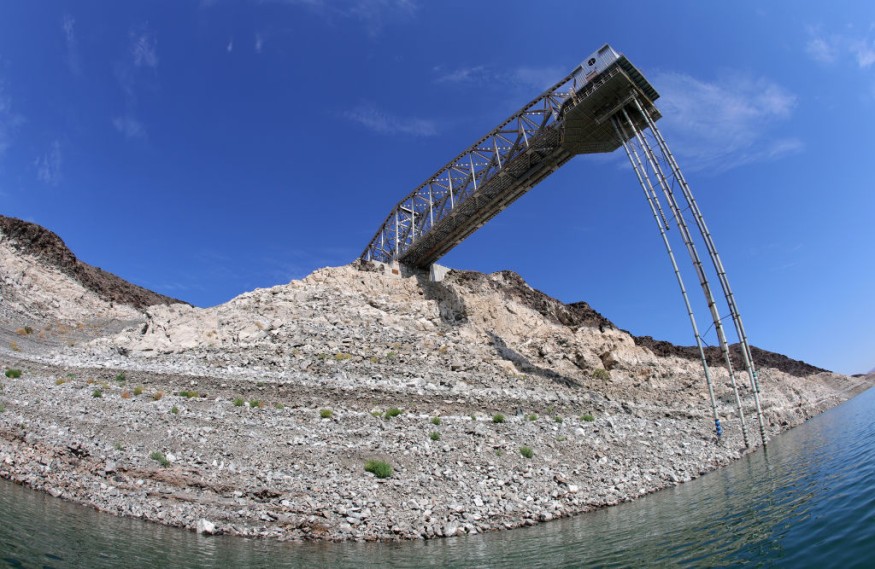According to a recent analysis, the "megadrought" in the US West is the worst in at least 1,200 years. Researchers claim that since decades of increasingly drier weather are to come, human-caused climate change is a big contributor to the damaging conditions.

What is a 'Megadrought'?
Periods of arid weather are called droughts. The severity of the megadrought that is now hitting regions of the United States remains unknown, though.
According to Ashok Mishra, a professor at the Glenn Department of Civil Engineering at Clemson University, megadroughts are often described as droughts that endure for two or more decades, even though there are no precise criteria for these phenomena.
Megadrought in the West

According to experts, the American west has seen the worst megadrought in at least 1,200 years during the past two decades. Researchers from a recent study, released on Monday, also underlined that human-caused climate change is a substantial contributor to the devastating conditions and provided a bleak prognosis: further drier decades are to come.
According to Park Williams, a climate scientist at the University of California, Los Angeles, and the study's primary author, "Anyone who has been paying attention knows that the west has been dry for much of the previous two decades." These investigations have shown us that dry is not only in the context of contemporary settings but also in the context of the previous millennium.
Intense Heat
The rise in temperature, which is the result of global warming caused by humans, has been significant. The researchers add that other studies demonstrate how the climate problem "will increasingly boost the likelihood of lengthy, widespread, and severe megadroughts." The author writes that the worst-case scenario "already appears to be coming to true," noting that the western hemisphere is experiencing the driest 22-year stretch in recorded history.
The study expands on findings from a prior investigation performed by Williams, which classified the decade from 2000 to 2018 as the second driest in the preceding twelve centuries. This period was propelled into first place by the previous two parched years, characterized by record-breaking heatwaves, dwindling reservoirs, and an increase in dangerously unpredictable fires that burned both unpredictably and out of season.
The climate scientists from UCLA, NASA, and Columbia University examined soil moisture content in regions from Montana to northern Mexico in the north to the Rocky Mountains in the south. They examined information gathered on tree ring patterns that provided hints about changes in soil moisture over time. Rings more closely spaced apart demonstrate the stunted growth patterns that occur during dry periods.
How Long Will It Last?

Megadroughts, prolonged drought occurrences that can last two decades or longer, are anticipated to be increasingly severe and prolonged in the western United States by the end of this century. Those droughts will probably be more severe and dangerous due to worsening climate change.
According to co-author Flavio Lehner, an assistant professor of Earth and atmospheric sciences in the College of Agriculture and Life Sciences, "In the future, not only will a given decade presumably be drier on average." The College of Engineering shares the department. However, that decade will also contain more extremes than the current decade.
For more environmental news, don't forget to follow Nature World News!
© 2025 NatureWorldNews.com All rights reserved. Do not reproduce without permission.





